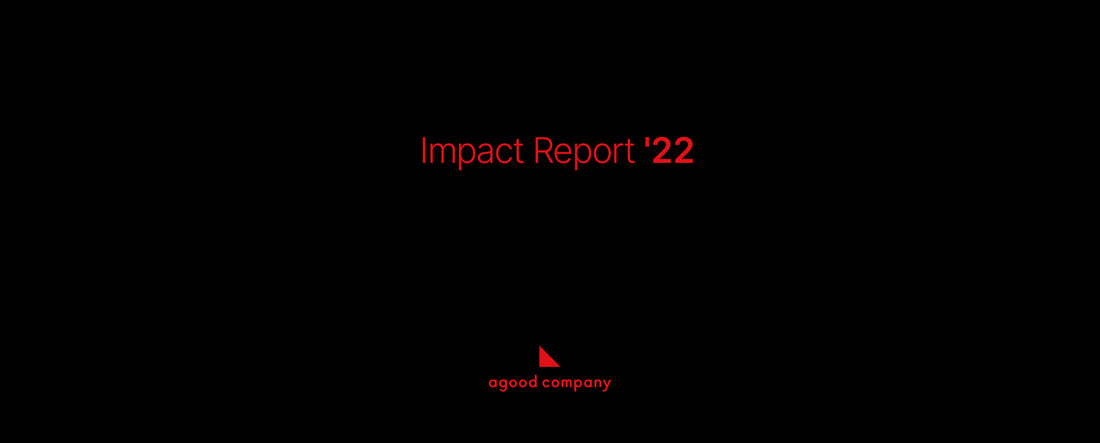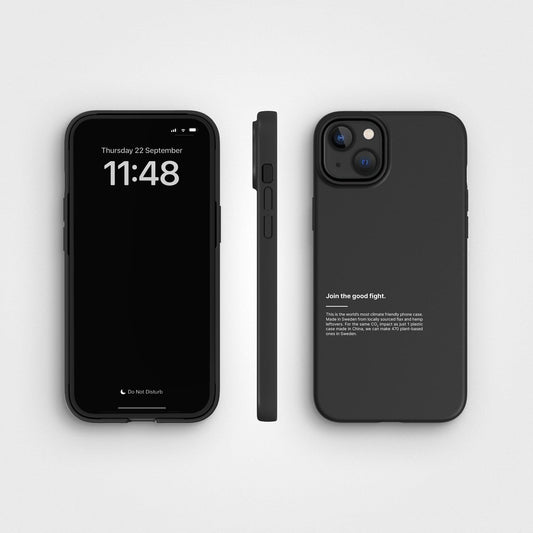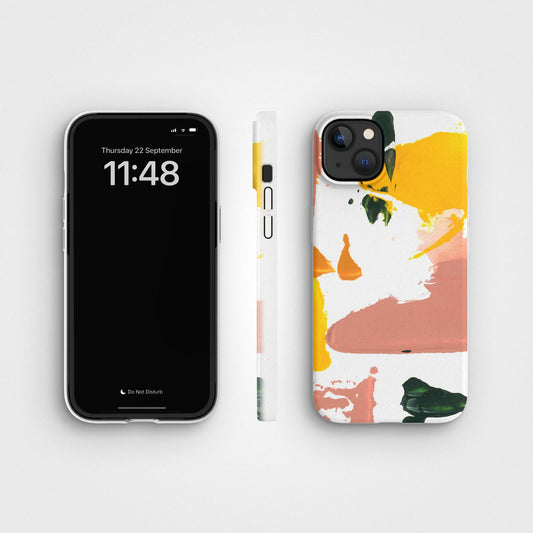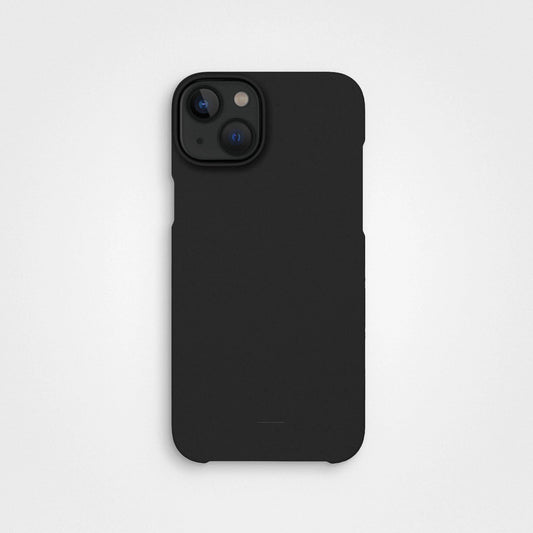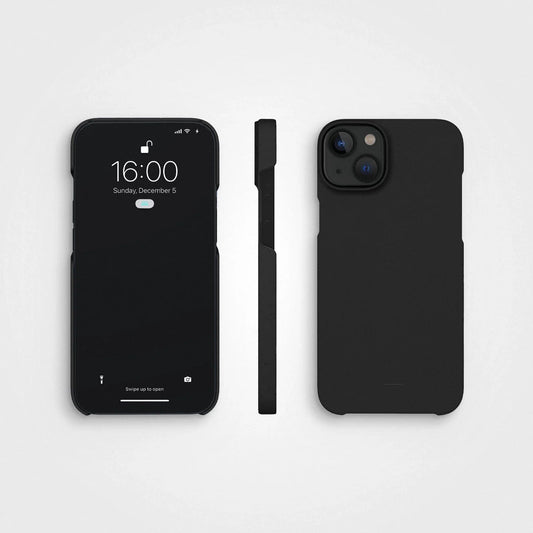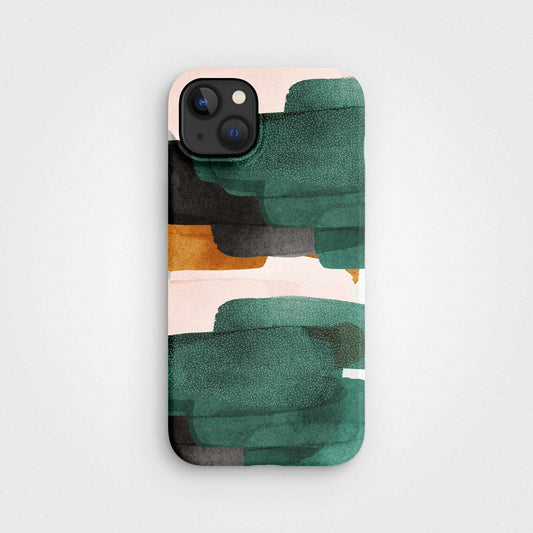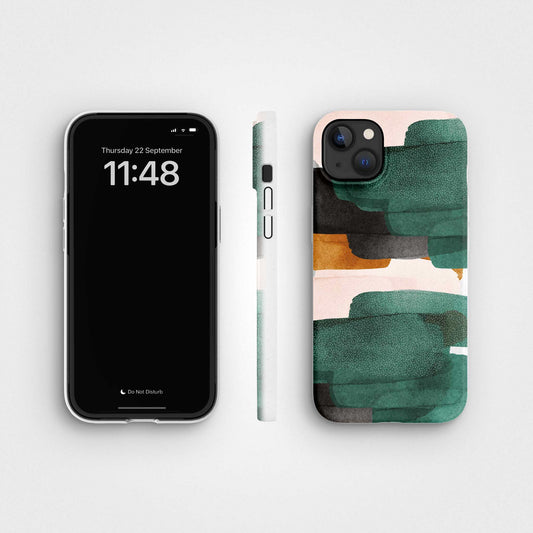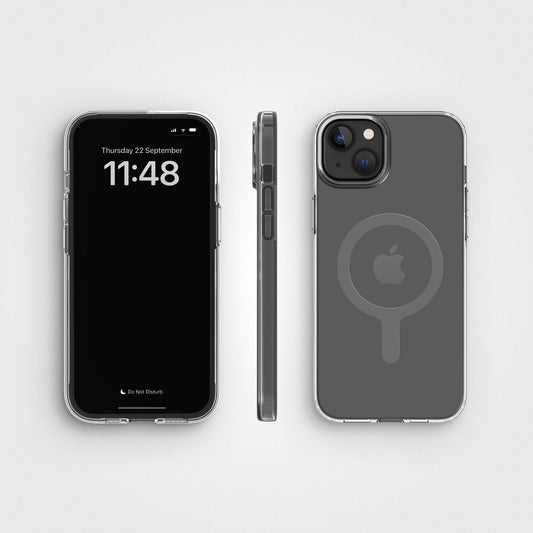Can companies really be good?
We’ve engineered our whole business to do good. For good reasons. We’re picking a fight with every-day stuff that’s harming our planet. Replacing plastic with plants. Localising our supply chain. Choosing a production process which minimises impact on natural resources.
We’re also changing what companies do with the money they make, with a share of our sales supporting specific environmental causes. Why not make some changes too? Change where your money goes. Change what materials you use. Change the direction our planet is heading.
We promise, it feels pretty good.

How does this work?
We're eager to be transparent about how we operate. While some businesses keep aspects of their work hidden, we take pride in sharing all details to gain your trust. Our 2022 Impact Report provides a comprehensive overview, including our operations, material choices, production approach, global community contributions, and our carbon footprint.
Who are we?
agood company was founded on the principle that we can do better than others before us, and actually – pause for drumroll – be agood company.
Since our inception 1 March 2019 we kept our values close to heart and walked the talk.

Mission, vision & values
Our mission is to engage more people to join the good fight. We want to help people make informed and well-thought through decisions when it comes to things they buy. A big part of doing that is to offer both well-designed, sustainable products but also to share as much information as we can on how production can be carried out and why certain materials are just so darn good.
Our vision – where we’d like to see ourselves in the future – is a society of mindful consumers, supporting the planet through a conscious lifestyle.
We work everyday to get their by sticking to our core values;
- We are completely transparent
- We never take shortcuts
- We refuse to become corporate
Our processes
During 2022 did we put some of our principles into open blueprints. And as fans of transparency, here they are.
- Design Principles
- End of Life
- Material Page
- Factory Page
Our materials
Our products are designed to in the future be completely circular or easy to upcyle.
The definition of sustainability can evolve with advances in technology and over time. It's important to recognize that our understanding isn't perfect; we improve through experience. What seemed like an endless resource for one generation may become limited for the next.
Being natural doesn't automatically make a material sustainable. True sustainability in living, design, or products involves ongoing evaluation of both actions and outcomes, considering the impact on local and global communities.

Our production
When we set out to find partners to help us create these jaw-dropping products that we’ve dreamed up (like electric toothbrush heads made from bamboo!?), look at a couple of very specific things.
Location – we like to keep production close to where the raw material is sourced to reduce the greenhouse gas emissions from shipping the material to the factory.
Working conditions & ownership – Are the people working with producing our products paid a living wage and do they have the right to join a union? Is the operations family owned or operated on a gender-equal basis? We’d like to see all of these questions answered with a resounding “yes”.

Quality & trust – Making sure we can work together in a good way to guarantee top-notch quality.
Environmental awareness & flexibility – Most of our partners already had great waste-water treatments in place and used renewable energy, but for some we have had to encourage them to branch out and replace old energy sources with renewable ones.
During 2022 we had 25 suppliers in 8 countries and all of them have signed our Supplier Code of Conduct. With all of them are we also working with a improvement programme, which can be found under each factory page.
Greenhouse gas footprint
We have used the GHG (greenhouse gas) Protocol Corporate Accounting and Reporting Standard which provides requirements and guidance for companies like ours to make a GHG emissions inventory.
As a disclaimer, we should point out that our report has not been vetted by a 3rd party and our analysis has been conducted based on the data points provided to us by our suppliers.
While the 2020 and 2021 provided us with a baseline of how big our greenhouse gas emissions footprint is and give us some insight into how we can work to further reduce it, 2022 is all about that.
The GHG Protocol looks at three different scopes where a company can review its emissions; Scope 1, 2 and 3.

Scope 1
The first scope reviews all direct emissions from the activities of the company or from an organization under their control, including:
- Stationary combustion: Anything in which we ourselves burn fuel = factories we own or control
- Mobile combustion: Fuel burnt in transportation, meaning company cars if any. This does not include shipping of raw materials or products.
- Process emissions: Physical or chemical processes that we do such as melting down, moulding in factories that we ourselves own
- Fugitive emissions: Any leaks we might have of greenhouse gasses such as cooling towers, air conditioning or similar.
We still don’t own a office, a factory or company cars.
Scope 2
The second category examines indirect emissions stemming from energy we buy, such as electricity, steam, heat, or cooling. Essentially, this covers anything we'd get from the energy grid for offices and manufacturing facilities. However, since we didn't lease any office spaces or operate factories in 2022, this category doesn't apply to agood company, resulting in another reassuring zero.
Scope 3
The last category, Scope 3, examines other indirect emissions linked to our operations but originating from sources we neither own nor control. Typically, this is the largest segment of emissions for companies like ours, and we're no different. This scope takes into account emissions related to business travel, supply chain purchases, indirect waste, and water usage.
Business travel?
During 2022, we made twelve business trips. All unfortunate via air. We offsetted them with 100%, but it’s not good enough. We are pushing the envelope for the Swedish national train company, SJ to open more line hauls down to Europe.
Suppliers’ footprint
Most of our Scope 3 emissions come from our suppliers, who also work to reduce their environmental impact. We chose them carefully by looking at how they treat waste water, what kind of energy they use, and how happy their workers are.
We asked our suppliers for data on their total emissions. Then we figured out what part of their total production is just for us. We used this info to find out how much resources are used specifically for making agood company products. Finally, we multiplied this ratio by the total emissions from goods and services we buy to get our specific emissions number.
Sources for emissions factors in 2022 report are:
- https://www.researchgate.net/publication/340075042_Quantification_of_Greenhouse_Gas_Emissions_from_Wood-Plastic_Recycled_Composite_WPRC_and_Verification_of_the_Effect_of_Reducing_Emissions_through_Multiple_Recycling
- http://www.epd.or.kr/eng/lci/lciCo200.do
- https://www.carbonfootprint.com/factors.aspx
- https://link.springer.com/article/10.1007/s11367-020-01853-2/tables/3
- https://www.sciencedirect.com/science/article/pii/S0921344915301245
Upstream & downstream transportation
One large factor for any online retailer will always be transportation, or in other words; shipping. We differentiate between upstream (any transport related to the actual production of our awesome products) and downstream transportation and distribution (getting the products to all of our customers). Because we ship globally, we work with a number of transport carriers and always make sure that they have two things:
Transparent reporting
Offset carbon emissions related to the transportation of our products.
Our customer’s footprint & the products’ after-life
We offset all emissions from production, all shipments from the factories to our distribution center and from our distribution centers to our customers.
We also make sure to ship in stone paper, bamboo pulp or recycled paper.
Lastly, we only create recyclable or completely circular products which do not, if disposed properly of course, contribute to the mountains of waste that are put into landfills or discarded into nature every year.

We are carbon neutral!
CO2 refers to Carbon Dioxide. The extra "e" in CO2e, which is the measurements we have included in the GHG Report, stands for Carbon Dioxide Equivalent and includes CO2 and other greenhouse gases.
Our grand total of greenhouse gas emissions during 2022 is 245t CO2e. This means that we have contributed to emitting just about over 245 tonnes of greenhouse gases.
As we mentioned before, we always start out with minimising our emissions before we even begin to think about compensating for it. We did this in 2020 and 2021 where our calculations told us we emitted 105 and 255 tonnes of CO2, respectively. For our operational year 2022, where we are now calculating all greenhouse gases emitted.
How we offset greenhouse gas emissions:
- We make sure to offset all our business travel, either through airline programs or by planting trees.
- All CO2e emissions from production are also offset.
- Shipments from factories to our distribution center, as well as from the distribution center to our customers, are offset through transportation programs.
Our global community efforts
Early 2020 we launched our own agood foundation, through which we support environmental and societal sustainability efforts across the globe. During quarter 4 in 2022 did we make a big relaunch of our Foundation, making each contribution clearer for you as a customer or visitor.
We improved our B-Corp score!
Way back in 2019 when we launched, we immediately decided that we wanted to become a B Corp-certified company. And we managed to be so.
During 2022 we we’re up for a reassessment and we’re happy to say that we improved by 13 points.
International certifications like B Corp help consumers navigate the rough seas of companies claiming to be great and green.

We pledge the following for 2023:
- Pledge to the United Nations for it’s SDG Goals
- Improve all products to be nicer to use, and better for the planet
- Include the foundation contribution in all communication
